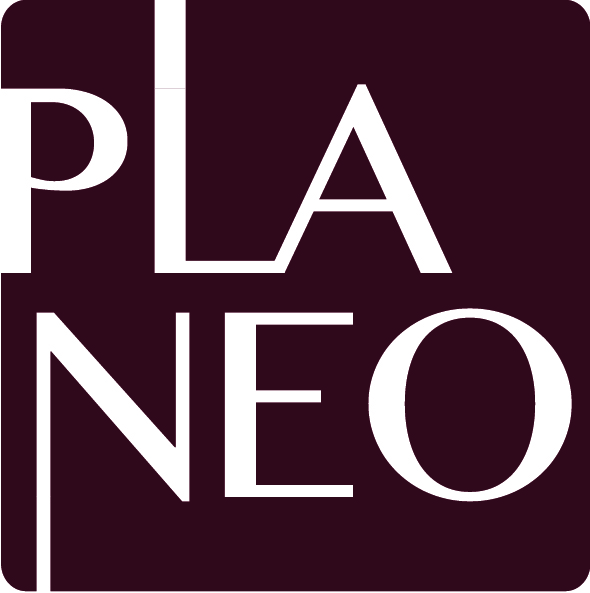Urban Planning and Natural Capital:
Oportunities for the restoration of natural capital in terms of human well-being. Case: Rimac River.
DOI:
https://doi.org/10.7764/plan.045.101Keywords:
urban rivers; natural capital; ecological restorationAbstract
Rimac River as the main hidrological source in the triple basin where the city of Lima sits is, at the same time, by far the most degradated by human activity. The intention behind this article lies in offering an initial relflexion on the oportunities which come from the restoration of Rimac River’s Natural Capital. For this, the concept of Natural Capital concerning human wellfare will be developed also estabishing it’s importance in urban riverside areas. These concepts will be used tu discuss the oportunities of restoring Rimac River’s Natural Capital considering it’s historical moments as well as how the different plans and projects which have been developed for the city of Lima during the 20th century approach the river.
Downloads


